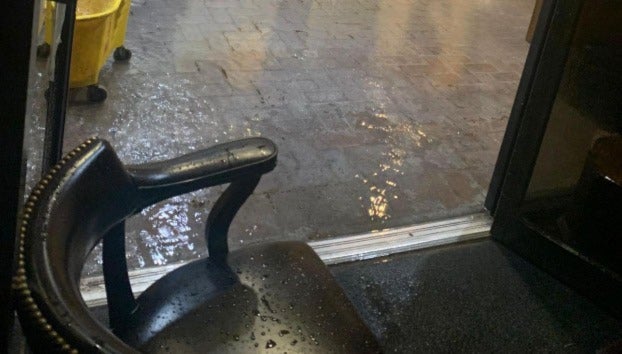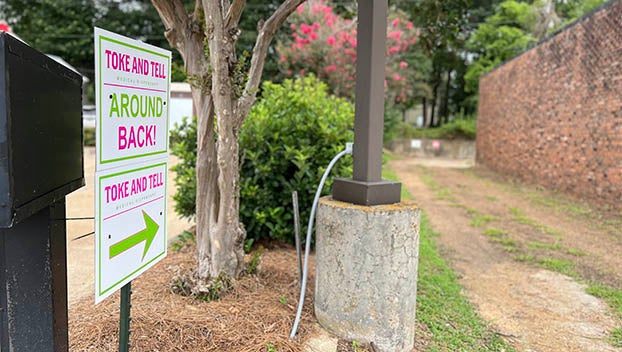Mayor: Village Center will not raise taxes
Published 12:06 am Thursday, March 5, 2015
By vershal hogan
The Natchez Democrat
VIDALIA — If the Louisiana State Bond Commission approves the City of Vidalia’s borrowing plan to finance a proposed “village center” on the western end of the city, the money would be repaid through several revenue streams.
Vidalia Mayor Hyram Copeland said the bonds would be paid for not only with royalties from the Sidney A. Murray Jr. Hydroelectric Station, but also with the proceeds of the sale of the property, revenue from sales and property taxes and by the city’s Tax Increment Financing program.
“We are going to be able to do this without raising taxes on the people of Vidalia,” he said. “I don’t know of any other city that has done that.”
The revenue streams — most notably the sale of property and the TIF program — would require the direct investment of the private sector into the project once it is under way.
Under a TIF program, a government finances infrastructure improvements in a designated area and uses the proceeds developers would have paid in taxes to pay off bond indebtedness, and in some cases a slightly higher tax rate is set for those developing in the designated area. When the bond is paid off, the tax structure reverts to normal.
Copeland said every successful project the city has completed — including the Vidalia Riverfront and convention center — required an initial investment from the city.
“Eight of the 10 biggest taxpayers in Concordia Parish are Vidalia-initiated projects,” he said.
The proposed village center — which documents from the bond commission indicate could include retail, hotel and medical components — has not been formally announced, but the Vidalia board of aldermen has approved a resolution to applying for bonds for the project.
The town will seek two bonds — one for $4.5 million for the purchase of land and the other for $2.5 million, for “constructing, installing and providing streets and utilities services.”
The proposal was developed by consultants with The Orion Planning Group, and is proposed to be located on two adjacent parcels of property, 31.67 acres owned by Scroggins Investment Company and 32.72 acres owned by BCHT, LLC.
The land is across the highway from Walmart on U.S. 84.
Copeland was at one time a partner in BCHT with Bryant Hammett, H.L. Irvin and Mark Taunton, but since 2010 Copeland, Irvin and Taunton have held no ownership stake in the LLC. Copeland said because of his past ownership of the property he has had no part in the planning of the proposal.
BCHT now consists of Hammett — who is contracted as the Vidalia city engineer — and Brad Dutruch of Baton Rouge.
Bob Barber, a Hernando-based consultant with the Orion group, said the plan was developed because the city had identified its western gateway as being important to the future of the city. During the development of the plan, consultants had open forums in which community members and civic leaders were asked to help articulate a vision for Vidalia’s future.
“If we look down the entire length of Carter Street, there is not a lot of character in the street,” Barber said. “It is a five-lane roadway, a long strip of commercial area there. The planned goal — based on the community input we received — was to increase and enhance the character of the city.
“On the eastern edge, the city is bounded by the river, and when you come over the bridge you have some community character there based on the waterfront and the old town, but on the western side there is none of that, it just sort of spreads out into the fields.”
The plan the Orion group presented the city included options for passive and active development, Barber said.
Passive options for development could include the city to adopting new development codes.
“There are two ways to create change in the community, to wait for time and attrition to deal with issues or achieve goals (with) the community (changing) over time with a particular policy applied to it (that) results in change, and the other way is to take initiative,” Barber said.
“It is up to the city to decide how it will pursue policies and projects, what is feasible and what can be done.”
The land was pinpointed without any knowledge of who had owned it before, Barber said.
“There are not a lot of places in Vidalia that can develop because it is almost built out, but at the western end they have the municipal complex and it is the only western entrance into the community,” he said.





